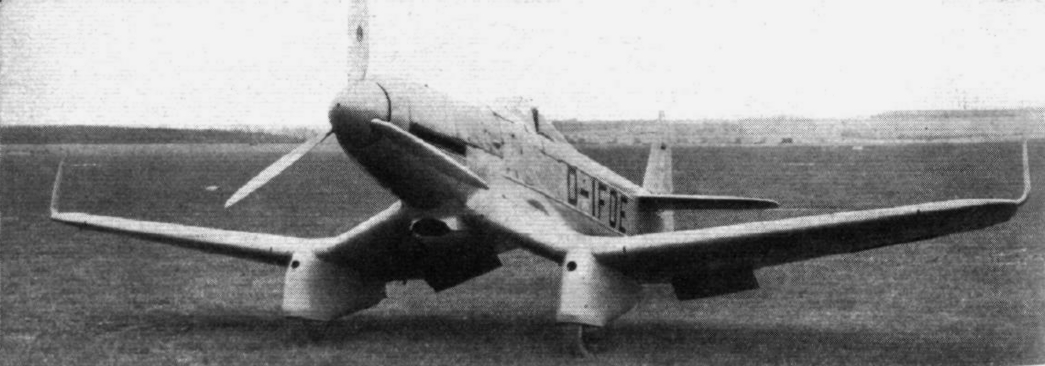Does this plane have winglets applied to the tips of it wings?
I thought those were a recent invention....
Maybe this question is something for its own topic...
Cheers,
Rob
I thought those were a recent invention....
Maybe this question is something for its own topic...
Cheers,
Rob
Mole said:I agree with Stargazer that Flitzer does lovely work on the illustrations. On the question of the downturned fins, i believe that many designs deliberately placed the fins in the propeller slipstream to improve rudder authority at low speeds without needing excessively large and draggy fin area. The overall impression of the design is very much that of a big brother to the B&V Ha.137 dive bomber/ground attack aircraft. In fact, I suspect that it would have used the same steel tubular spar/fuel tank design.



